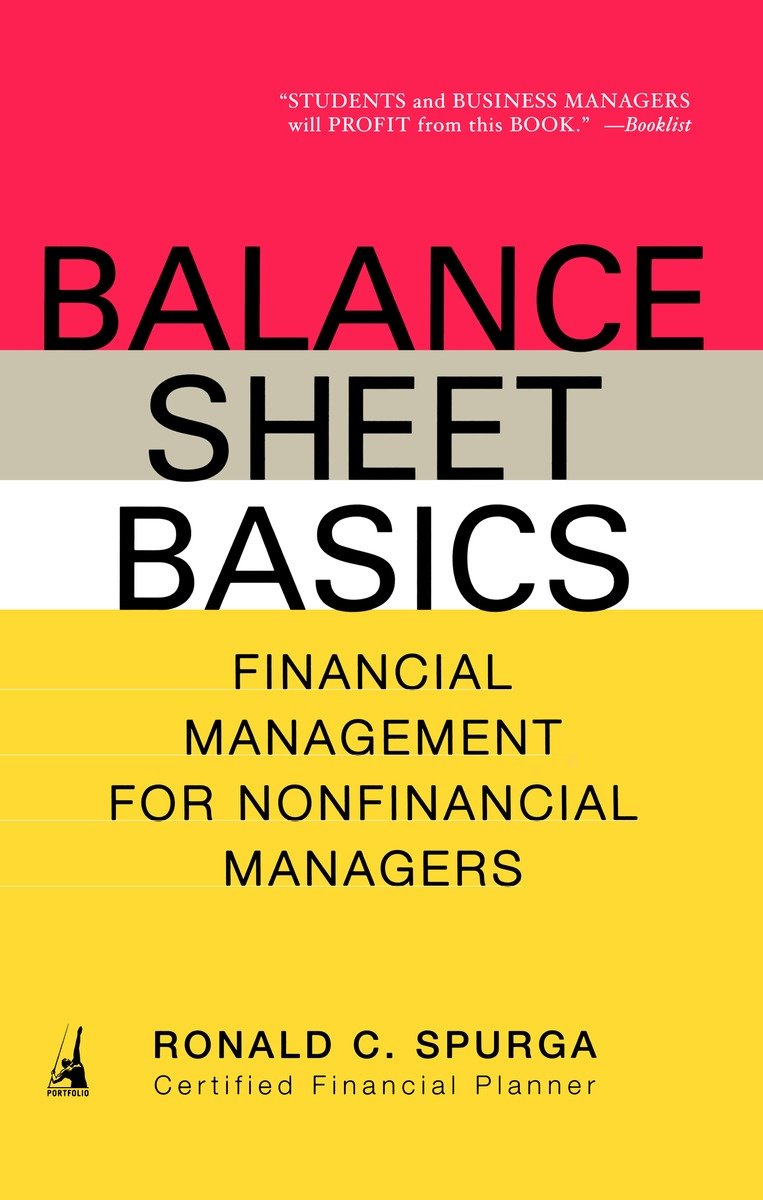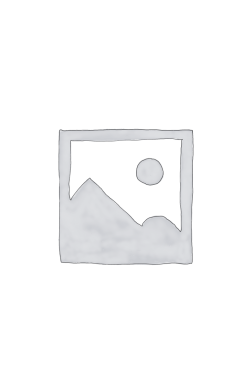Balance Sheet Basics: Financial Management for Nonfinancial Managers
18.00 JOD
Please allow 2 – 5 weeks for delivery of this item
Description
The balance sheet is the most basic tool of financial management, yet to most of today’s nonfinancial managers it is a complete mystery. In Balance Sheet Basics, Ronald Spurga takes you step by step through the balance sheet to explain not only the line items and what they mean, but also how to interpret ratios derived form the balance sheet, providing an indispensable road map to good financial management. More importantly, you’ll find page after page of information that will show you how to improve your 401(k), invest successfully, and increase your net worth.
Additional information
| Weight | 0.15 kg |
|---|---|
| Dimensions | 1.25 × 12.73 × 19.59 cm |
| PubliCanadation City/Country | USA |
| by | |
| Format | Paperback |
| Language | |
| Pages | 176 |
| Publisher | |
| Year Published | 2004-7-27 |
| Imprint | |
| ISBN 10 | 159184052X |
| About The Author | Ronald C. Spurga, CFP, has worked as an investment banker and Wall Street analyst for several decades. He received his graduate degree from Dartmouth College and taught at Rutgers University, Fordham University, and New York University. |
| Table Of Content | Balance Sheet BasicsPreface1. What is Financial Management?Getting the Financial Resources You NeedMaking a Profit-Your Basic ObligationManaging AssetsThe Tools of Financial ManagementAccounting recordsFinancial reportsTechniques for analyzing financial statements2. Financial StatementsThe Balance SheetAssetsCurrent assetsFixed Assets"Other" AssetsLiabilitiesEquityValuation accountsAccounts recievableLosses in the value of inventionsFixed assetsSome ExamplesThe Profit-and-Loss Statement: A Retailer of WholesalerSalesCost of goods soldSelling ExpensesGeneral and administrative expensesNonoperating incomeProfit-and-Loss Statement of a Small ManufacturerRaw materialsDirect laborManufacturing overheadInterpreting the Profit-and-Loss StatementUse With Caution!3. Ratio Analysis of Financial StatementsBusinesses are not exactly comparableRatios are computed for specific datesFinancial statements show what has happened in the pastThe ratios are not ends in themselvesMeasure of LiguidityThe current ratioWorking capitalThe acid-test ratioAverage collection periodInventory turnoverMeasures of ProfitablityAsset earning powerReturn on the owner's equityNet profit on salesInvestment turnoverReturn on investment (ROI)Common-size Financial StatementsUsing the Ratios4. Control in Business ManagemenSuccess or Failure Relates to How Management ManagesThose Who SucceedBusiness Ratios and How They WorkStatements Reveal Important RelationshipsThree Kinds of RatiosTen Key Ratios1. Current assets to current liabilities2. Current liabilities to tangible net worth3. Net sales to tangible net worth4. Net sales to working capital5. Net profits to tangible net worth6. Average collection period of receivables7. Net sales to inventory8. Fixed assets to tangible net worth9. Total debt to tangible net worth10. Net profit on net salesAnalyzing the Profit-and-Loss (Income)StatementNet salesCost of goods soldGross profit on salesSelling expensesOperating profitGeneral and administrative expensesFinancial expensesOther operating expenses and incomeExtraordinary charges (if any)Net profit before taxesTaxesNet profit after taxes6. Standard or Typical RatiosNeed for MeasurementsGrowth of Standard Ratio StudiesSampling the FieldObtaining the FiguresAssembling the ResultsOperating Ratios vs. Financial Ratios7. Ratio Analysis in Action: A Case History8. Evaluating and Interpreting RatiosThe Point of ViewInterpreting Operating RatiosCost of Goods Sold and Gross MarginOperating ExpensesWages and salariesOwner's compensationAdvertising costOccupancy costBad debt costsInterpreting Balance-Sheet RatiosCurrent Assets to Current LiabilitiesLiabilities to Tangible Net WorthTurnover of Tangible Net Worth and Working CapitalNet Profits on Tangible Net WorthAverage Collection PeriodInventory TurnoverFixed Assets to Tangible Net WorthManagement Judgement Necessary9. Looking AheadThe Cash BudgetHow to do itThe cash balance-how much is enough?If you need funds-what kind?Projected Financial StatementsThe projected profit-and-loss statementThe projected balance sheetThe cash figurethe receivables and inventory accountsFixed assetsAccrued liabilities and long-term debtsThe accounts payable figureThe equity accountPoints to RememberLooking Still Further Ahead10. The Different Types of FinancingEquity CapitalWorking CapitalGrowth CapitalSBA LoansSBICs and Other Venture Capital SourcesWhen to Turn to Venture Capitalists11. Unsecured Borrowings for Working Capital"The Annual Clean-Up"Putting Your Best Foot Forward12. Secured Working Capital FinancingAccounts Receivable FinancingFactoring13. Secured Growth Capital FinancingLeasingConditional Sales PurchasesSale LeasebacksPulling the Various Elements Together14. For Further InformationSources of Industry Ratio DataU.S. Government PublicationsBooksAppendixIndex |
Only logged in customers who have purchased this product may leave a review.






Reviews
There are no reviews yet.